Game Information:
Name: Stacking
Released: February 8, 2011
Developer: Double Fine Productions
Rating: 8/10
Hardware Specifications:
Processor: AMD Phenom II X4 955 BE 3.2 Ghz
Video Card: Diamond AMD Radeon HD 4670
Memory: 4 Gigabytes DDR3 PC10666, 1333 MHz
Hard Drive: 500 GB Western Digital Caviar Black
System Specifications:
Distribution: Arch Linux
Kernel: Linux 3.14.1
Graphics Driver: R600 Gallium3D Driver
Desktop Environment: Xfce with composting
After two previous forays into mainstream console gaming that left Double Fine Productions out of cash and almost out of options, following the release of Brütal Legend (2009) Double Fine had to take a double take and chart out a new course for the then mostly auteur focused developer. The final result was that Double Fine would in in the end become less Tim Schafer's company and instead a more collaborative and diverse studio, focused on releasing smaller less ambitious titles for the independent market. The first two games created under this new regimen were Costume Quest (2010) and Stacking, both of which represent an intermediate point for the company, as both of these titles continued to be publisher funded and were still originally released only for consoles. The result was yet more trouble for Double Fine, and while they were eventually able to regain both the publishing and porting rights to the games, the obvious need for future self-financing would eventually lead to Double Fine helping kick off the video game crowdfunding revolution with Broken Age (2014).
With the rights to the games finally secured, Double Fine did what all great independent developers do and started porting their old games to a variety of different platforms, with the Linux release of Stacking first becoming available as part of the Humble Double Fine Bundle (2013). On the surface, Stacking is a very typical puzzle game in the adventure game mould, featuring a variety of scripted challenges that require a combination of various different puzzle objects in order to solve. Where the game does manage to break new ground is in the novel way that these combinations are handled. Players take on the role of a tiny matryoshka doll that has the power to stack into larger dolls, allowing the smaller doll to then use the unique abilities of the larger dolls in order to solve puzzles. Set in a mashed up world that features both Victorian and early twentieth century elements and designs, the dolls live out their lives just like regular humans or animals would do, resulting in an uncanny society that can both attract and repel at the same time.
The protagonist of the game is Charlie Blackmore, the youngest and smallest member of the Blackmore family, whose unemployed chimney sweep father leaves home to work for The Baron, a sinister and evil industrialist with a fondness for child labour. The father subsequently fails to return home from work, leading the family even further into debt and forcing Charlie's brothers and sisters into the malevolent hands of The Baron. Charlie must then go out after his siblings, find out what has happened to his father, and ultimately put a stop to The Baron's nefarious plans. Along the way Charlie meets a hobo named Levi, who offers to help Charlie and takes him to a train station from which he can gain easy access to a variety of different vehicles including trains, ships, and zeppelins. The station acts as a form of hub, granting Charlie access new areas as well as allowing him to return to and further explore past levels.
Due to this open structure, there are of course multiple ways to approach the game, and how one can be said to have won Stacking is more than up for debate. If one chooses to just focus on the main story campaign, and accepts only the first and most immediate solutions to the game's various challenges, the amount of time that the player would likely spend on the game would be surprisingly minimal. Similar to Brütal Legend, the game also takes into account the number of side quests and alternative paths that the player has endeavoured to take, and calculates a total percentage score based on how much of the game world has actually been truly explored. Players who doggedly pursued only the main story objectives might very well find themselves rewarded with a grade score of less than fifty percent, which in any true academic sense would be considered a testing failure. Luckily for us, there are no harsh penalties attached to this, and the game world itself is still left open for further exploration and experimentation even after the successful completion of the main story campaign.
Contributing to this score are the amount of different puzzle solutions you have managed to complete, with each individual challenge usually offering at the very least three unique methods. Also included in the score are the amount of unique dolls you have managed to stack yourself into, the amount of matched doll sets you have manged to reunite, and the amount of specific hijinks you have manged to perpetrate. Each respective area has its own specific variation of these elements to play with, with the total added up from all these various areas making up the final percentage. In addition to this, your hobo friend Levi also imagines himself to be something of an artist, and as such labours to create both painted and sculptural renditions of Charlie's adventures. These can be viewed by returning to your secret hideout in the train station; the paintings and sculptures themselves will not be finished until all of the unique dolls and puzzle challenges in a given area are found, providing a little extra incentive to seek out alternative paths or to look out for even more unique dolls.
As has been mentioned before, every doll in the game possesses a special ability, and it is only through the use of these disparate powers that progress can be made. Most of the dolls that Charlie will encounter will not be unique however, and instead will be only one representative from a much larger template. These dolls are usually provided with at least one generic ability between them, and while these can often prove to be useful, they do not possess the same amount of variance that the truly unique dolls do. Often quite eccentric, the unique dolls are the ones to seek after not just for the credit of finding them but also for their often strange and off the wall abilities. Each unique doll is given a name and persona of its own, all of which is catalogued in a special collection section available in the game menu. These dolls can either come individually or as part of a matched set, with each area typically having one matched set that is related to the main plot and another matched set included merely as a side-goal, as every matched set reunited further contributes to your final score.
For those that run into trouble there is also a detailed in-game hint system that can be accessed through the game menu in order to help solve any particularly difficult puzzles; it offers three hints of increasing directness which are only separated by a slight time delay between them. Also included in the menu is an archive of speech that the player has heard, as well as all of the cutscenes that the player has previously unlocked, in any given area. There is also an objectives screen which displays the player's current objectives as well as a screen which shows all of the possible hijinks that are possible in a given area. In addition to the hints system there is also a navigation trail that can be activated by a key press that highlights the way to the nearest challenge or objective. Certain types of dolls can also be used in order to better see what unique dolls might also be in a given area, information that is needed in order to get a full percentage score.
The final element included in the completion score that I have only briefly touched on before are hijinks, specific rewards given by the game if a certain action is undertaken by the player a certain number of times. As the name implies these actions are mostly of a mischievous nature, and usually involve Charlie taking advantage of the powers of one or more larger dolls in order to perpetrate often playfully cruel acts on any random passersby, although for some hijinks the victims do need to be targeted. In addition to this, some hijinks require the use of certain dolls that can only be accessed after the completion of certain challenges, an additional aspect of the game that further encourages the player to return to past areas and see what new possibilities have been unlocked since they last investigated the area. Stacking certainly gives the player enough to do, despite the fact it actually has a relatively short story campaign.
The game world itself is filled with detailed artwork and well thought out set-pieces, and the variety of dialogue and the amount of handcrafted setups scattered throughout the levels is actually quite astonishing given the limits placed on the game during its production. This attention to detail is repeated throughout almost all areas of the game's production, as the polished graphics are accompanied with plenty of suitable ambient sounds, a generally subdued but still effective music track, and a wide variety of general effects to accompany the wide assortment of actions that are made open to the player. The general character designs of the dolls themselves also do well to demonstrate that a lot of care was put into their appearance as well as their powers and personalities. The same can definitely also be said about the game's various environments, which are both graphically elaborate and very conducive to expansive exploration.
Part of the reason for the game's low-budget success is in how Stacking handles the presentation of its storyline; in a callback to the films of the silent movie era, there is actually no audible dialogue in the game. Cutscenes are instead shown with the characters being rendered as if they were making muted gestures, followed by explanatory title cards that relate to the viewer what the characters have actually said. This practice is also continued throughout the rest of the game, with there still being no spoken words in evidence; the dolls instead rely on visible speech bubbles that float conveniently above their heads, something that frees the game designers from having to worry about the production challenges involved in voice acting and instead fill the game with whatever crazy ideas managed to crop up inside their heads.
The designers certainly did come up with some inventive concepts. While never being inherently complicated, with most of the game's challenges being able to be solved through the use of only one or two dolls in quick succession, the means presented for using these dolls is certainly novel at the very least. Dolls can sneeze, flatulate, seduce, strike, fly, roar, scream, repair, shovel, shoot, trap, disguise, unlock, ignite, season, wedgie, punch, scrub, draw, sing, smash, smoke, photograph, kiss, hug, shake, feed, dust, serve, bash, and more just to aid you in finding a solution to your own particular problem. That list does not even mention any of the more mundane and in some instances useless abilities that some of the dolls have been granted with, powers that are needed to help obscure the useful abilities as well as to help provide the game with yet more potential time wasters.
For a game about toys, there certainly does seem to be something less than circumspect about the way that the developers have used them. The world depicted in Stacking can be easily be described as decadent at the very least, with most of the dolls that Charlie meets being plainly self-centred and disinterested in anyone's plight but their own. The game's broad social satire of such thing as the industrial revolution, child labour, woman's suffrage, and the trade union movement take it down far weightier paths than one might first expect from it, and while their appearance in the game is still characteristically flippant, their presence at all is enough to raise a few eyebrows. There is certainly nothing wrong with the direction that the game has taken, and it can be even be observed to have handled it rather well, but considering the fact that Stacking sells itself so heavily on its charm it does seem rather odd to see it also go to such great lengths to seem rather off putting.
Indeed, even the initial premise of one doll stacking into another in order to gain its abilities can be seen a little darkly if placed under the right lens. After all, the entire game is based around the concept of body snatching, and little Charlie Blackmore seems to make no distinction over who he chooses to exercise his will over, or what he decides to do with the bodies after he starts to control them. Compounding this is the fact that the hijink system encourages you to be rather disrespectful to your current hosts, and while done for comedic effect some of the consequences of these actions, or the game developer's choice of them, do seem to paint a slightly skewed picture. The amount of hijinks that involved either striking or playing tricks on women specifically for instance seemed oddly and suggestively selective. Charlie can also stack freely into either people or animals, blurring the lines between people and toys even further.
The final part of the main story campaign also involves what can only be described as the forced separation and subsequent murder of The Baron; as Charlie himself so delicately puts it, “The Baron is... gone... for good, I think.” This includes stacks of him being forced onto spikes, squashed by falling rock, beaten to death by hammers, eaten by pelicans, and savaged by Mr. Ruffles the teddy bear. While none of this is ever shown in a terribly graphic way, the implication is clear; which makes the fact that the final stage of The Baron boss fight involves an acted out version of rock, paper, scissors even more ludicrous. It is a clever way of utilizing Charlie's abilities in an action setting, although the difficulty present in identifying who The Baron has stacked into and his range of action do make it feel a little tedious and more than a little unforgiving, especially since you need to best him four times in the end before you are allowed to win.
Which brings us to the subject of the DLC, which expands on the original's already over apparent hobo obsession by mixing it in with some elements of the ancient Arthurian Legends. Charlie is brought by his friend Levi to the town of Camelfoot in order to reconstitute the crown of The Lost Hobo King, whose rightful heir is in fact Levi's uncle Rufus. To do this Charlie must complete several tests of valour left by the hobo mystics, re-awakening three ancient hobo blacksmiths capable of reforging the crown. The DLC does benefit from how self-contained it is, which allows each individual puzzle solution to feel far more satisfying in the context of the story than it often felt in the original, whose vast scale often dwarfed any real sense of accomplishment until towards the end. The fact that the whole thing can be completed in one sitting is actually a strength of the DLC, as it prevents it from ever overstaying its welcome.
That being said, the somewhat dubious premise that the DLC offers up is further undermined by some of the other creative choices that Double Fine has decided to showcase. I am sure I am not the only one getting a little annoyed by the current zombie obsession, making the fact that not even Double Fine could resist their somehow inexorable pull all the more disappointing. Granted, they are never admitted to be zombies per say, but when they are green, shuffling, and moaning it is hard not to make the connection. The excuse given for their existence involves exposure to a can of foul beans, something which is at least suitably flippant if nothing else. Still, I do have to give Double Fine some credit for actually accomplishing a feat that no other developer has managed to do in a very long time, namely actually making me physically shocked by something in a video game.
While I do somewhat bemoan their inclusion I must admit that the Ghouls, as they are known in the game, do present the largest range of possible puzzle solutions in the DLC, and they are the one that proved to be most open to experimentation. Outside the area where the Ghouls roam, a unique doll can be found that can cage small children. Naturally, I immediately hit upon the idea of feeding the imprisoned children to the Ghouls as bait, something which I had no qualms in doing in the context of video game cruelty potential. What did disturb me however was the fact that the game actually encourages it as one of the recognized puzzle solutions. This means that for those not so inclined it would be impossible to get a full completion score without committing the crime, making the option not only condoned by the game but celebrated. A similar effect can also be accomplished by just simply stacking into larger dolls and unstacking them as you run past, but this is just considered by the game as “Artful Dodging”.
Of course, given the whole body snatching question in general, one does also have to wonder how moral it is to simply be in the Ghoul's area when you are inhabiting someone else's body, forcing them into dangers they have given no active consent for. On a far lighter if still somewhat disturbing note, it is also possible and indeed encouraged to expose Gilliam the Panda as being a furry, something which is also fully acknowledged by the game itself, and is accompanied by a rather disconcerting “Unsavoury Sniff” ability. The DLC seems to revel in some of the original's more unseemly aspects, and while I must stress that I was never actually offended by the game nor do I necessarily feel that they should have even avoided adding this content, the somewhat strange direction that Double Fine has taken with Stacking certainly could not have gone without mention somewhere in this review.
Moving on to more ordinary technical concerns, the game ran great even on my now aging setup with a five year old graphics card, installing without any issues and launching properly on the first try. Unlike Psychonauts (2005), the Linux port already seems to be in great shape, and it did not expose any other underlying problems like the more graphically intensive Brütal Legend did on some of my systems. Graphically the game ran smoothly even with maxed out settings at my full native monitor resolution, and the only problem I encountered was a slight graphical glitch that occurred when I used the “Bindle Bash” ability included in the DLC to strike another doll. There were also some minor issues with the third-person camera, but this problem I tend to find to be endemic in games that deploy such a perspective. The fact that the game manages to do so well with such light requirements is obviously one of the game's greatest strengths, and it is one that it shows off in almost all aspects of its final presentation.
Stacking can currently be purchased for Linux with full Steamworks support on Steam as well as DRM free on Desura, although it is presently curiously absent from the Humble Store even though it has been included in a past Humble Bundle as well as a previous Humble Weekly Sale. Both the Steam and Desura releases come with the DLC expansion content fully included, as did the previous versions sold by Humble Bundle, which also offered up DRM free binaries as well as access to Steam keys. The Humble Bundle versions also came with a full video game soundtrack, and it was the Humble Bundle version that I used for making this review. Considering the game's low price even when not on sale the game is unquestionably vast enough to warrant the money, especially when it is bundled with several other Double Fine titles.
Stacking is a good example of what can be done by a developer with limited resources and a lot of creative output. The detailed environments, inventive if still approachable puzzles, wide variety of characters, and the game's general feel of polish do well to blur the game's somewhat modest roots. While the game's plotting and certain gameplay elements do not endear as much as they could, the game is still charming enough to win over even the most cynical players and remain attractive to both young and old gamers alike. Coupled with a fairly competitive price point and a solid Linux release, there is very little reason not to try the game for anyone who may be so inclined to try their hand at a little Matryoshka body snatching.
Hamish Paul Wilson
April 29, 2014
Excellent review, Hamish. Can't really find a single bit to quibble over ;)
Ah, I'm disappointed. :P
Stacking is an adventure/puzzle video game developed by Double Fine Productions and published by THQ; like Double Fine's previous Costume Quest, it is a smaller title created during the development period of Brütal Legend, and was released in February 2011 for the Xbox 360 and PlayStation 3 video game consoles. A Windows version was released on March 6, 2012. A Linux version was released in May 2013.
The game is based on the Russian stacking matryoshka dolls, an idea coined by Double Fine's art director, Lee Petty, who saw the dolls as a means to replace the standard player interface used in graphical adventure games. The player controls the smallest doll, Charlie Blackmore, who has the ability to stack and unstack into larger dolls and use their abilities to solve puzzles to allow Charlie to free his older siblings and put an end to child labor enforced by the antagonist, the Baron. Puzzles within the game have multiple solutions, and include additional puzzles and challenges that allow the player to explore the game's world outside of the main story.
Stacking was well received by critics and praised for its alluring appearance, humorous story, and accessible gameplay for casual players.
Sorry Hamish, just a bit pedantic for my taste. No offense intended.
p.s. I think there is a typo at the end, "sold Linux release" should be "solid Linux release"
Sorry Hamish, just a bit pedantic for my taste. No offense intended.
Fair enough, but I think people can find the Wikipedia article on their own. ;)
Thank you for another great review! Even without pictures (they would help breaking the length of the text) these are outstanding articles!
Not quite sure what you mean about not having pictures... I spent quite a bit of time getting the ten screenshots for the review.
p.s. I think there is a typo at the end, "sold Linux release" should be "solid Linux release"
There is always going to be one. :|
Thank you for another great review! Even without pictures (they would help breaking the length of the text) these are outstanding articles!Not quite sure what you mean about not having pictures... I spent quite a bit of time getting the ten screenshots for the review.
It sounds like the preference would be to intersperse them in the text, maybe the screenshots even got overlooked being grouped up high like a banner...
Thank you for another great review! Even without pictures (they would help breaking the length of the text) these are outstanding articles!Not quite sure what you mean about not having pictures... I spent quite a bit of time getting the ten screenshots for the review.
I mean pictures between the text instead of at the top of the article so I can read and look at the pictures at the same time... just a wish, not a complaint :)
I mean pictures between the text instead of at the top of the article so I can read and look at the pictures at the same time... just a wish, not a complaint :)
Even if it was a complaint I don't mind.
The screenshots for my reviews have historically been a sore spot here, as with all of the website changes over the past few years on GoL they have been broken and restored so many times to make them in-line with whatever the current web engine arrangement is that it is not funny. That is the disadvantage of Liam always busily working away on the next great thing - it may make the website better, but it does make it a pain to keep certain articles in line.
I could try and look into some different arrangements though; if I do find one that works better for me I would feel obligated to go back and do the same for all of my previous reviews as well however. ;)
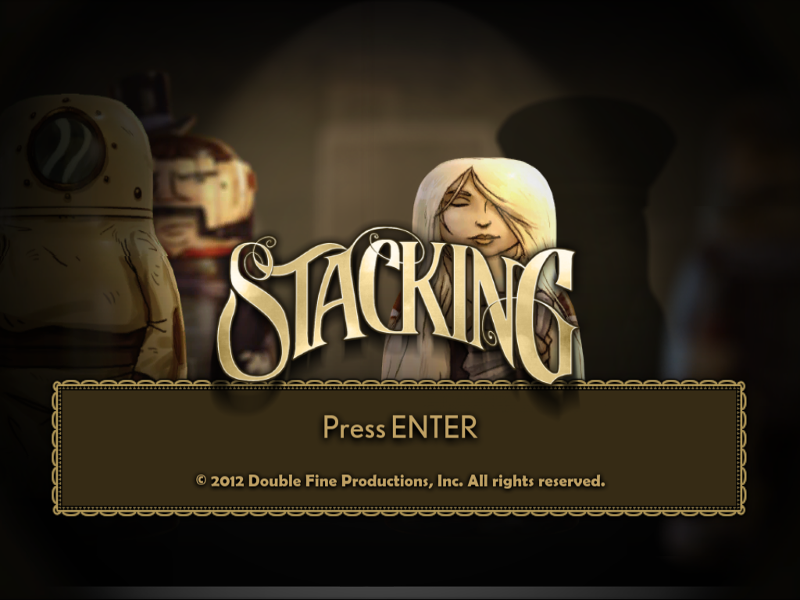
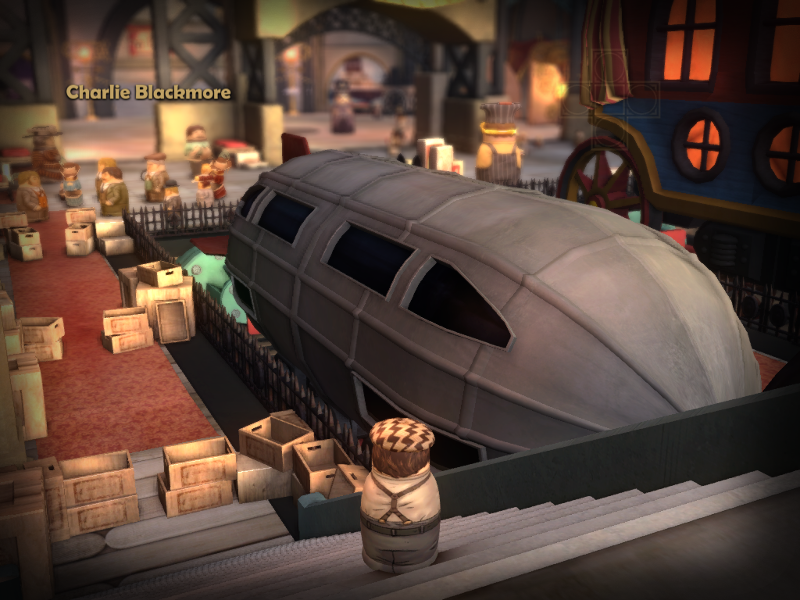
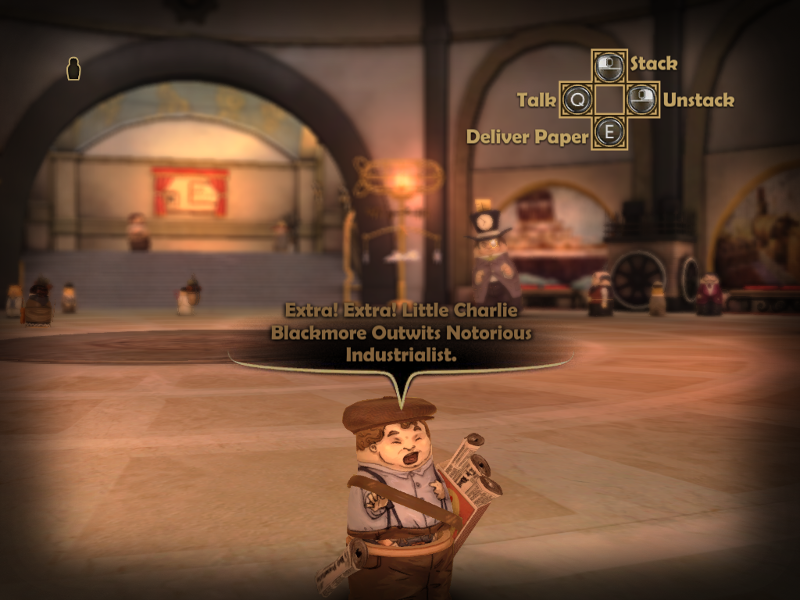
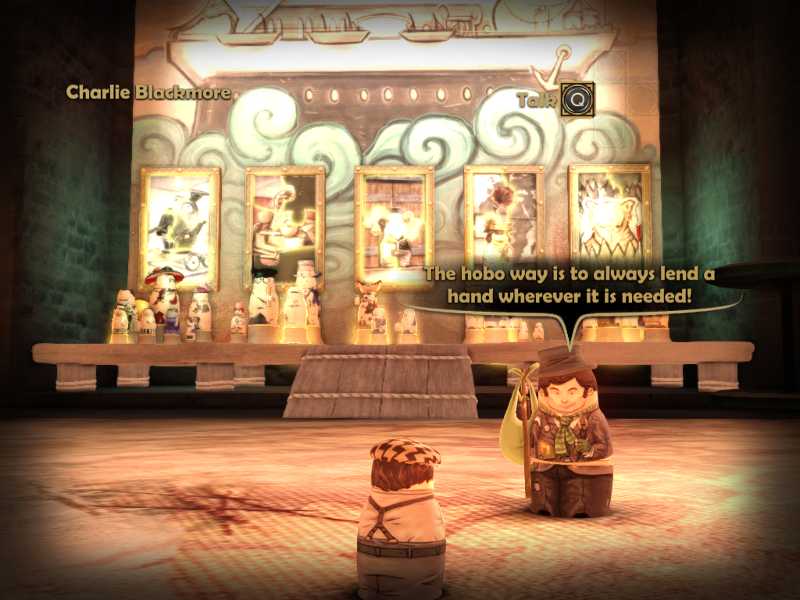
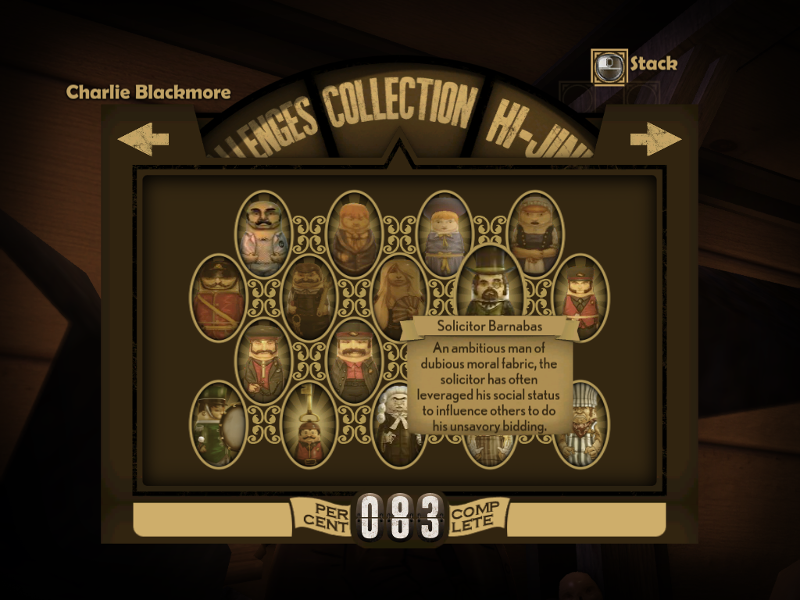
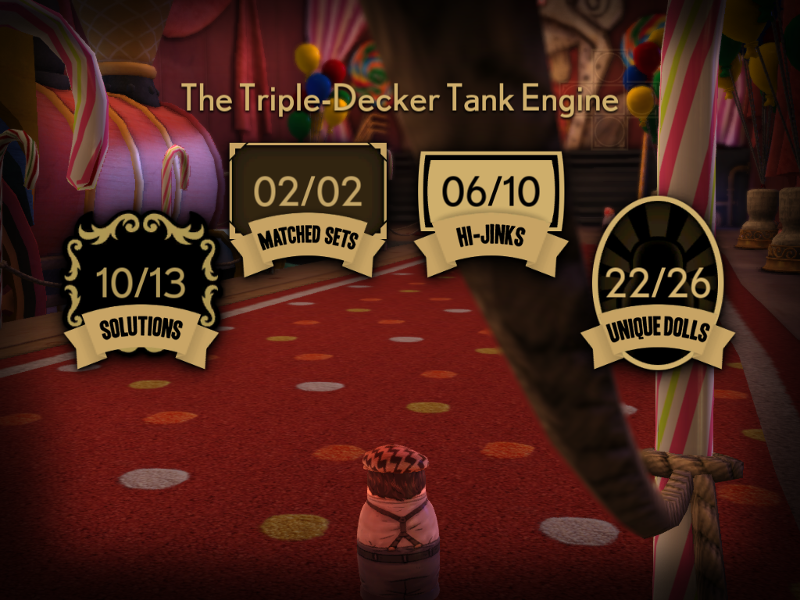
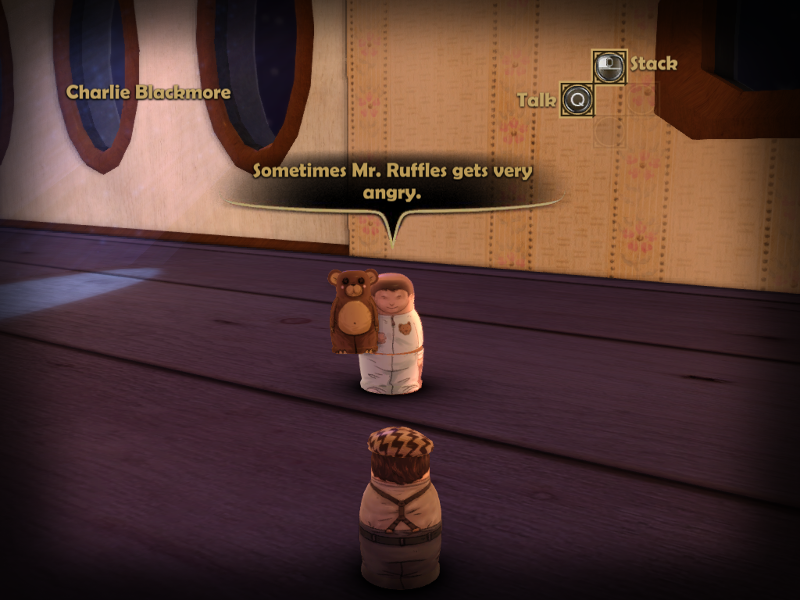
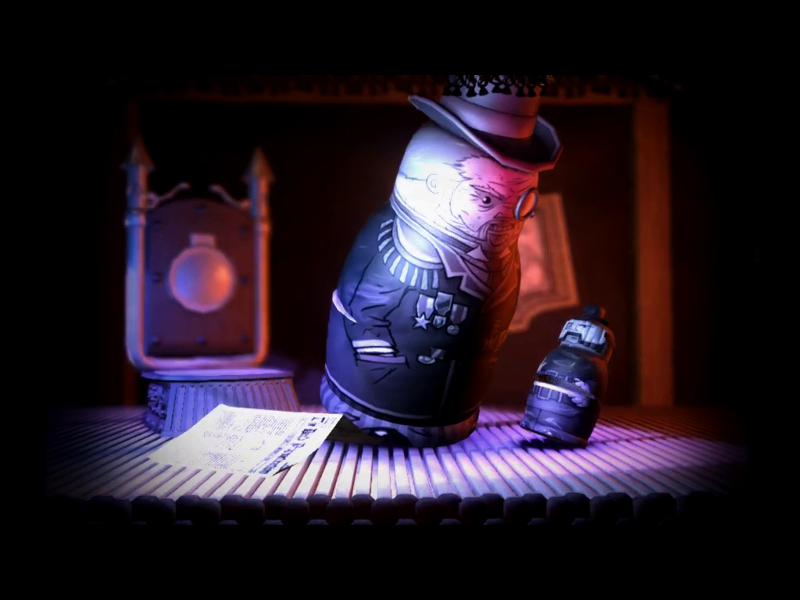
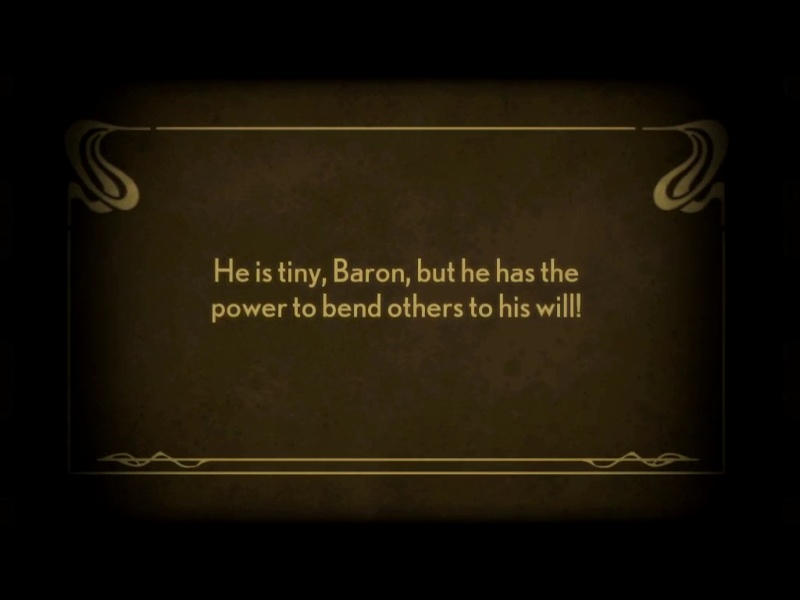
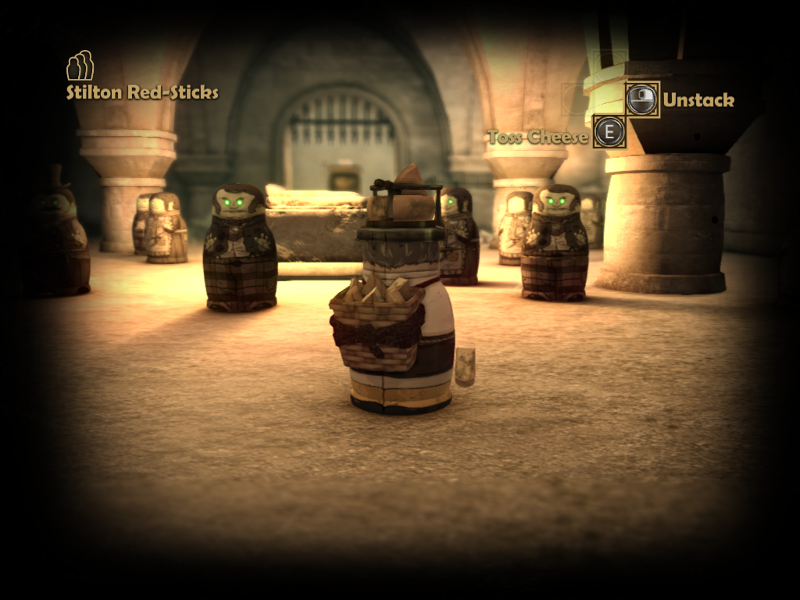
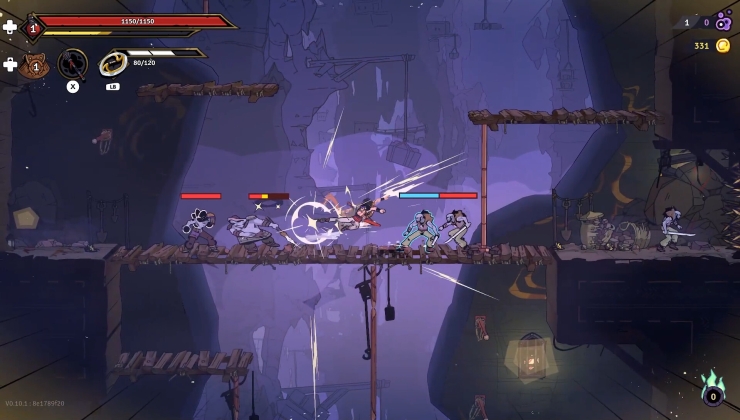
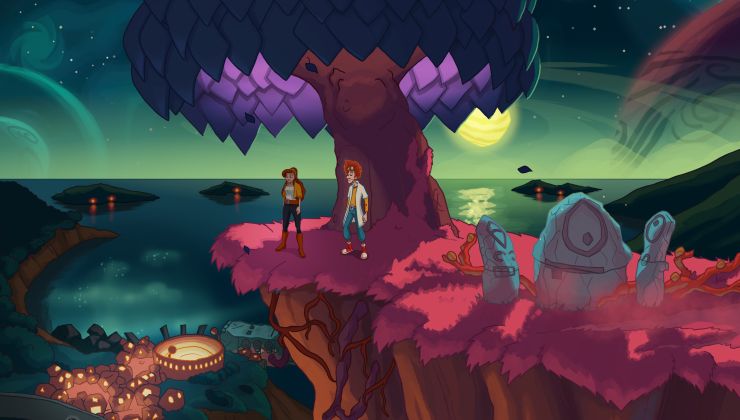
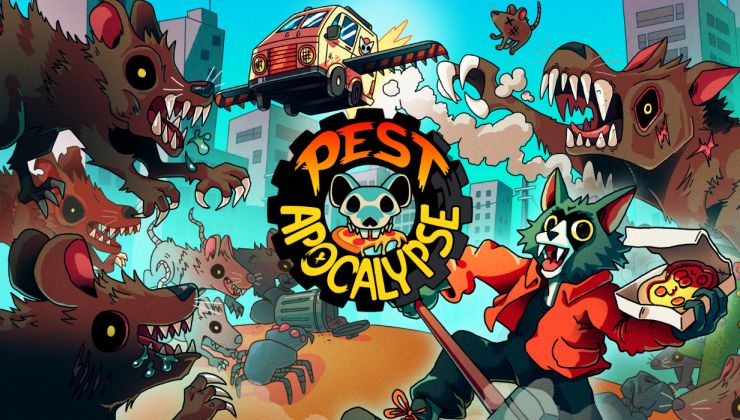
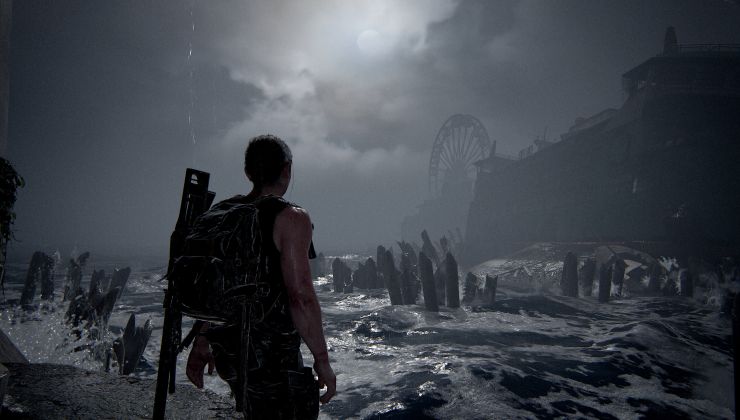




See more from me